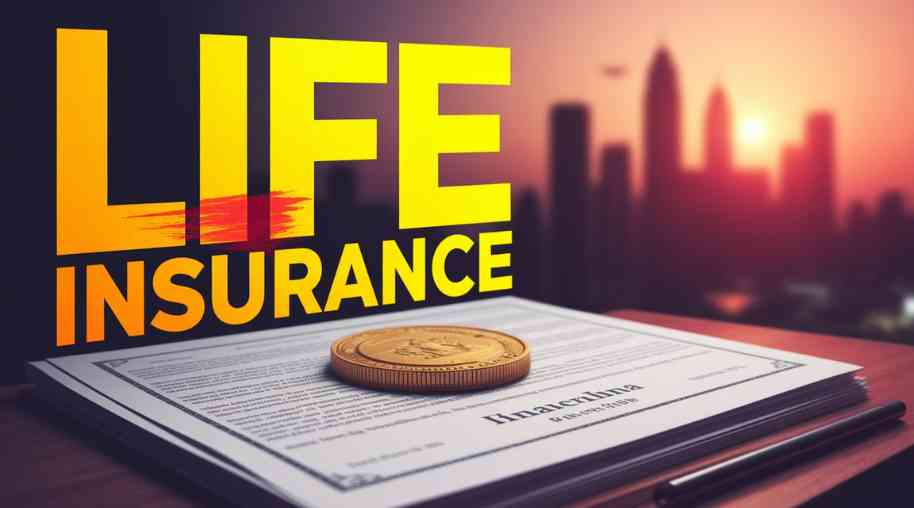SLR Full Form-Statutory Liquidity Ratio
by Shashi Gaherwar
0 2210
Statutory Liquidity Ratio (SLR): Definition, Importance, and Impact on Banking

Introduction
The Statutory Liquidity Ratio (SLR) is a key monetary policy tool used by the Reserve Bank of India (RBI) to regulate credit growth, ensure financial stability, and manage liquidity in the banking system. SLR mandates that commercial banks maintain a minimum percentage of their net demand and time liabilities (NDTL) in liquid assets like cash, gold, or approved government securities before extending credit.
This article explores the definition, objectives, importance, and impact of SLR on the economy and banking sector, as well as its role in monetary policy.
What is the Statutory Liquidity Ratio (SLR)?
SLR is a mandatory reserve requirement set by the RBI for commercial banks, expressed as a percentage of total deposits. Banks must hold these reserves in:
- Cash reserves
- Gold reserves
- Government-approved securities (bonds, treasury bills)
SLR regulates credit availability, controls inflation, and ensures financial stability, influencing bank interest rates and lending capacity.
Objectives of SLR
The primary objectives of SLR include:
- Regulating Credit Flow: Controls lending to manage economic growth and liquidity.
- Ensuring Bank Solvency: Maintains liquid assets to meet withdrawal demands.
- Curbing Inflation: Restricts credit to reduce excess liquidity.
- Supporting Government Borrowing: Facilitates fiscal deficit financing via bond purchases.
- Monetary Policy Support: Works with CRR and Repo Rate to regulate money supply.
How SLR Works in Banking
The process of SLR implementation includes:
- RBI Prescription: Sets the SLR percentage periodically.
- Liquid Reserves: Banks hold the required portion of NDTL in approved assets.
- Lending Impact: Higher SLR reduces lending capacity; lower SLR increases it.
- Compliance: RBI monitors adherence, with penalties for non-compliance.
Impact of SLR on Banking and the Economy
SLR significantly affects the banking system and economy:
- Credit Growth: Higher SLR restricts lending, slowing investment; lower SLR boosts economic activity.
- Inflation Control: Higher SLR curbs liquidity to control price rises; lower SLR supports growth during deflation.
- Interest Rates: Higher SLR increases borrowing costs; lower SLR makes loans affordable.
- Financial Stability: Ensures banks have secure assets, reducing crisis risks.
- Government Securities: Encourages investment in bonds, supporting public borrowing.
Difference Between SLR and CRR
SLR and Cash Reserve Ratio (CRR) differ as follows:
- Requirement Type: SLR involves liquid assets (cash, gold, securities); CRR requires cash reserves with RBI.
- Purpose: SLR regulates liquidity and credit; CRR controls money supply.
- Interest: SLR assets earn interest; CRR reserves do not.
- Lending Impact: SLR reduces lending capacity; CRR directly reduces reserves.
Current SLR Rate in India
As of recent updates, the SLR rate is set at 18.00% of NDTL, subject to RBI revisions based on economic conditions.
Recent Changes and Future Outlook
Future trends for SLR include:
- Digital Banking: Evolving liquidity management with digital payments and fintech.
- Monetary Policy: Adjustments based on inflation and global trends.
- Government Borrowing: Fine-tuning SLR to balance reserves and growth needs.
The Statutory Liquidity Ratio (SLR) is a vital tool in India’s monetary policy, influencing credit availability, economic growth, and financial stability. By mandating liquid asset reserves, SLR controls inflation, prevents crises, and supports government borrowing. As banking evolves, SLR will remain crucial in shaping India’s financial ecosystem.
Further Learning Resources
If you’re passionate about building a successful blogging website, check out this helpful guide at Coding Tag – How to Start a Successful Blog. It offers practical steps and expert tips to kickstart your blogging journey!
For dedicated UPSC exam preparation, we highly recommend visiting www.iasmania.com. It offers well-structured resources, current affairs, and subject-wise notes tailored specifically for aspirants. Start your journey today!

Share:








Comments
Waiting for your comments